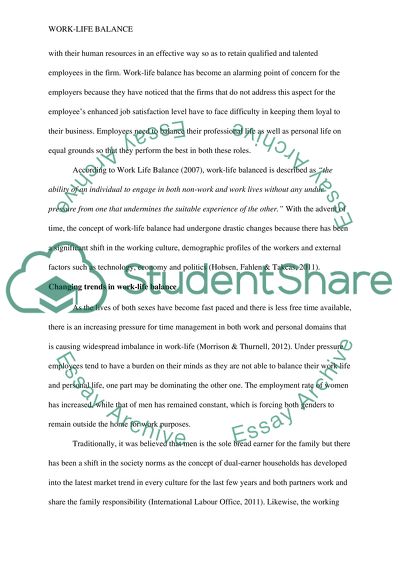Cite this document
(“Work-Life balance Essay Example | Topics and Well Written Essays - 2250 words”, n.d.)
Retrieved from https://studentshare.org/sociology/1403861-work-life-balance-current-issue-in-human-resources
Retrieved from https://studentshare.org/sociology/1403861-work-life-balance-current-issue-in-human-resources
(Work-Life Balance Essay Example | Topics and Well Written Essays - 2250 Words)
https://studentshare.org/sociology/1403861-work-life-balance-current-issue-in-human-resources.
https://studentshare.org/sociology/1403861-work-life-balance-current-issue-in-human-resources.
“Work-Life Balance Essay Example | Topics and Well Written Essays - 2250 Words”, n.d. https://studentshare.org/sociology/1403861-work-life-balance-current-issue-in-human-resources.


